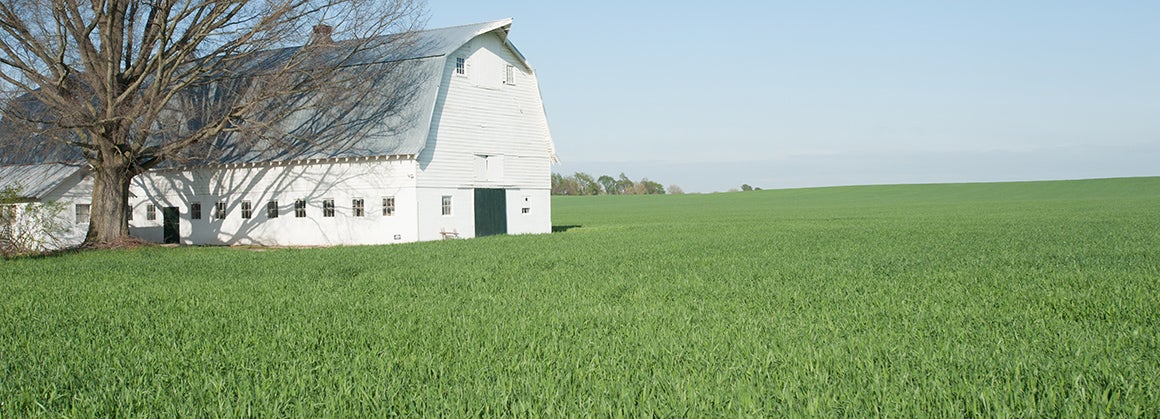Can We Pull Carbon Dioxide Out Of the Atmosphere?
Carbon moves around the Earth system through the carbon cycle. It naturally travels between the atmosphere, ocean, plants, and rocks over time. We are changing the carbon cycle by burning fossil fuels, which sends more carbon into the atmosphere in the form of greenhouse gases like carbon dioxide (CO2) and methane (CH4). Extra greenhouse gases in the atmosphere are causing Earth to warm. Some carbon dioxide makes its way out of the atmosphere through the carbon cycle, but we are emitting so much that the amount of carbon dioxide in the air keeps increasing.
Examples of Carbon Dioxide Removal
What if we could pull carbon dioxide out of the air in order to stop climate change? Researchers are developing ways to do this. Below are some examples of how we can pull carbon out of the air.
Plants as fuel and carbon catchers
Crops such as corn or switchgrass take carbon dioxide out of the atmosphere as they grow and can be used as a biomass energy source. If the crops are burned in a power plant to produce electricity, and the carbon dioxide from the smoke is captured and stored underground, carbon would be moved out of the atmosphere.

Planting forests and managing existing forests can help take carbon dioxide out of the atmosphere.
Credit: Dan Meyers on Unsplash
Storing carbon in forests and farms
Planting new forests and making changes to forest management can help forests take more carbon dioxide out of the atmosphere. On farms, the amount of carbon stored in the soil can be increased by growing cover crops, adding manure or compost to fields, and reducing the amount that fields are tilled.

Rye planted as a cover crop at a farm in Maryland helps keep carbon in the soil.
Credit: SARE Cover Crop Image Library
Catching carbon in the air
Carbon dioxide can be removed from the atmosphere as air passes through a big air filter and then stored deep underground. This technology already exists and is being used on a small scale.
Challenges to Carbon Dioxide Removal
Right now, the methods used to pull carbon dioxide out of the air are slow and expensive. More research is needed to help them work fast enough to make a dent in the rapid rise of greenhouse gases. Additionally, some methods of pulling carbon dioxide out of the air pose risks to the environment. For example, iron fertilization involves adding iron to the ocean to increase the amount of phytoplankton — tiny ocean life that use carbon dioxide during photosynthesis. However, creating phytoplankton blooms could disrupt ocean ecology, posing risks to marine life. A report by the National Academies noted that iron fertilization might pose risks that would be greater than the benefits of removing carbon dioxide from the air.
Pulling carbon dioxide out of the air is just one type of climate intervention. Climate interventions, sometimes called geoengineering, also include techniques for limiting the amount of sunlight that reaches Earth’s surface. It could eventually help us stop climate change, but it is not a substitute for reducing greenhouse gas emissions and adapting to the impacts of climate change we are already facing.